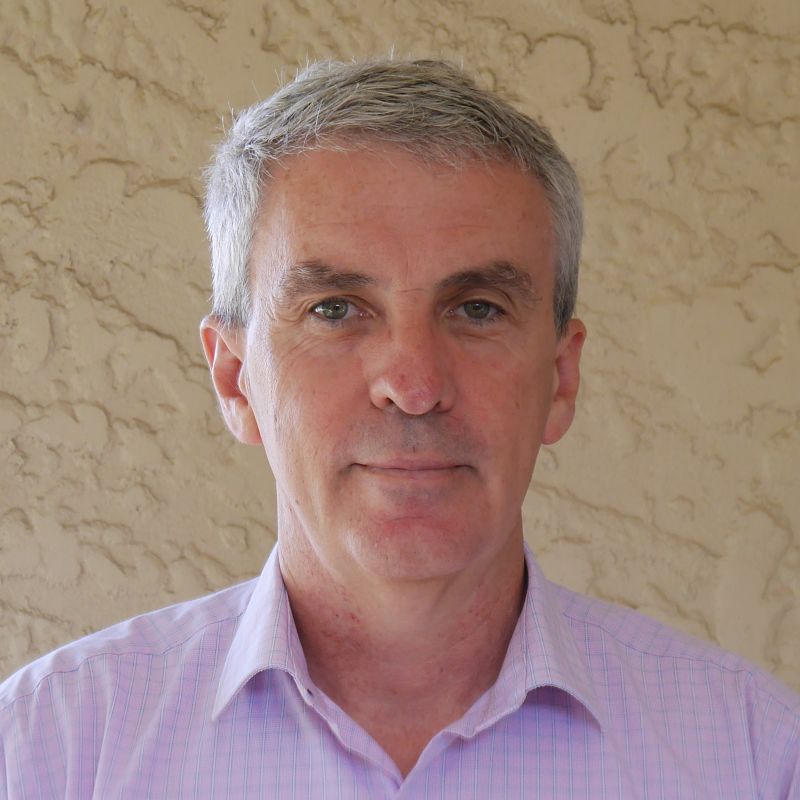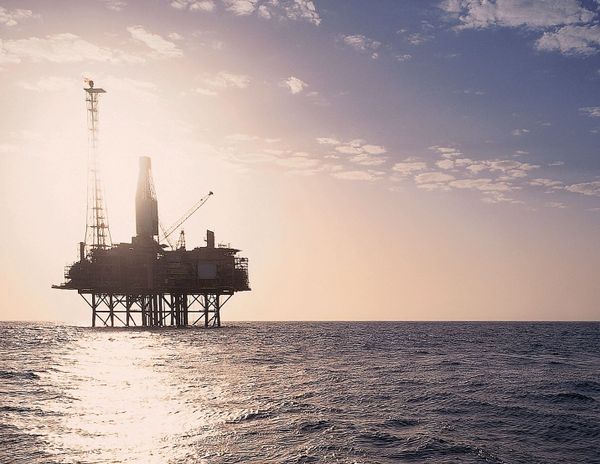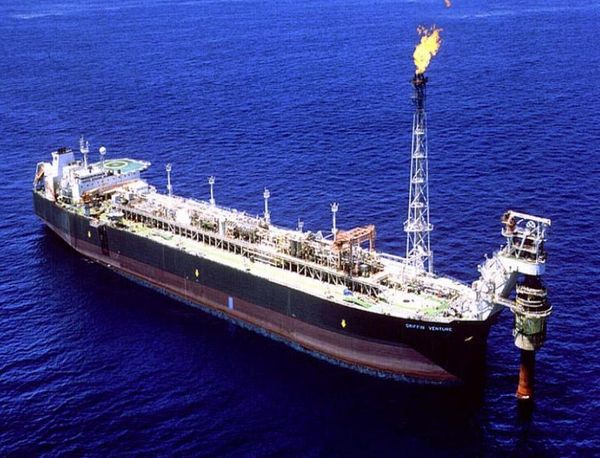$22B Pilbara wind and solar farm gets environmental tick
A $22B wind and solar project to power the Pilbara and Indonesia that will take 3000 workers a decade to build was approved by the WA environmental regulator today.
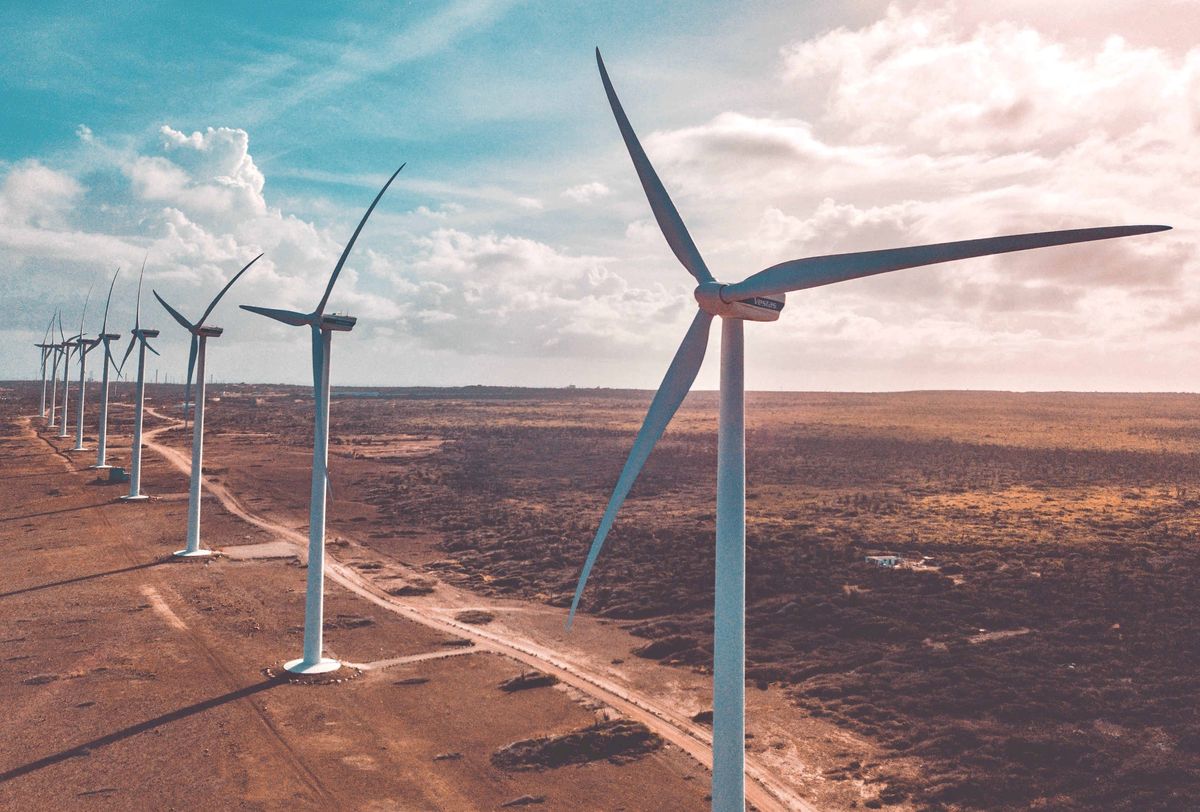
A massive $22 billion-plus wind and solar farm in the Pilbara and 3000 construction jobs moved closer to reality today with the approval by the Environmental Protection Authority of the Asian Renewable Energy Hub.
Eventually, the Hub will consist of up to 1743 wind turbines and 2000 megawatts of solar panels spread across about 14,000 km2 just inland from Eighty Mile Beach between Port Hedland and Broome.
The tip of the wind turbine blades could rise as high as 260m above ground: four times the height of Perth’s Bell Tower.
The project would be built by about 3000 workers in stages over 10 years, according to the EPA report. It could then operate for more than 50 years employing about 400 workers bussed in from surrounding towns.
An enormous 1500 km of access tracks will link the wind turbines, solar farms and electrical transmission equipment. Only about 2% of the area will be cleared.

The world’s largest wind turbine manufacturer, Danish Vestas, and two renewable energy project developers - InterContinental Energy and CWP – officially launched the project in late 2017 to supply six gigawatts of wind and solar electrical power to Indonesia through subsea cables.
In 2019 the planned capacity increased to 11 gigawatts to service the Pilbara as well as Indonesia, and the Macquarie Group joined the original investors. At the time a final investment decision was planned for 2021.
The project now proposes to make a final investment decision in 2025 to build to 15 gigawatts of generation. Construction would start in 2026 to produce the first power the next year.
More than half the Hub’s power is now planned for use in the Pilbara to power mines, mineral processing and the anticipated large-scale production of green hydrogen.
Typically wind is strongest at night at the project site, allowing the wind and solar together to produce a more consistent power output.
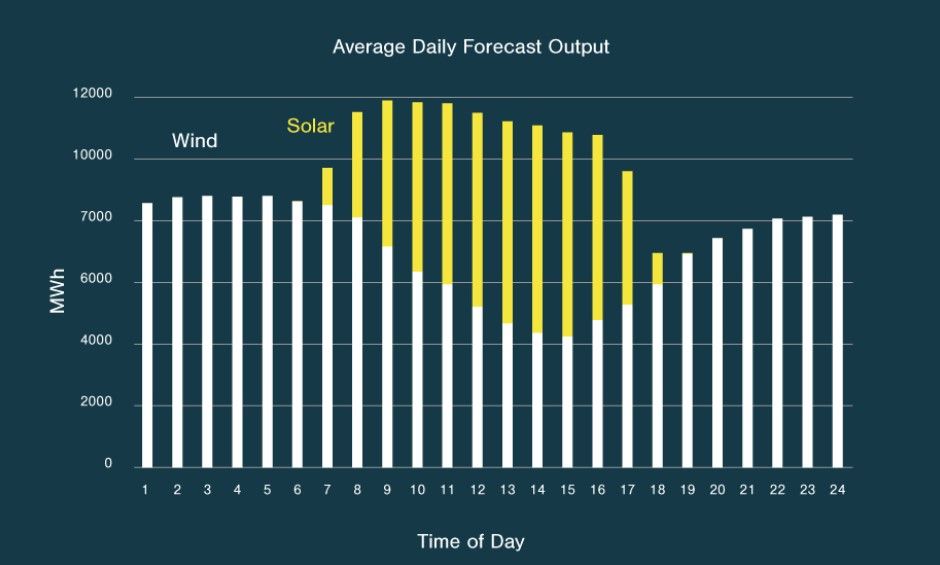
The project touts itself as “renewable energy at oil and gas scale.” Last week Woodside chief executive Peter Coleman said it was difficult to find renewable energy projects to invest in that has the multi-billion scale the company needed.
The other mega-scale renewable energy under consideration in Australia is the Sun Cable project to send solar-generated power to Singapore that has received investment form Andrew Forrest and Mike cannon-Brookes.
The EPA released its report on the Hub today. To lessen the impact of the wind turbines on birds, the EPA has recommended the project be able to shut down specific turbines when significant flocks are detected nearby.
There is a two-week window for public comments and then the EPA’s recommendations will be sent to environment minister Stephen Dawson to make the final decision.
The State Government in 2016 awarded the project exclusive rights to develop a renewable energy project in the area. The area is currently Unallocated Crown Land, and the developers are negotiating a native title agreement with the Nyangumarta people.
Main picture: Generic wind turbines. Source: Rabih Shasha on Unsplash

